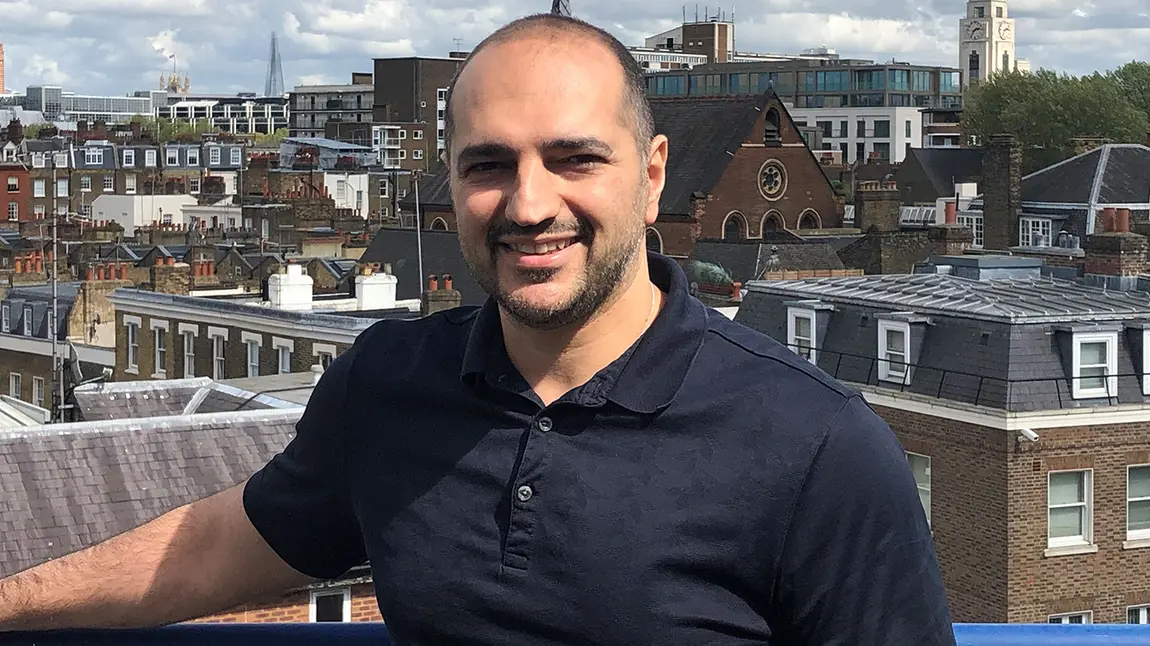What is Open Data?

The Open Data movement is growing, and more and more government departments, charities and funders are signing up to it.
So what do we mean by "Open Data"?
It is simply: data that can be freely used, shared and built-on by anyone, anywhere, for any purpose.
"Open" can apply to information from any source and about any topic. Anyone can release their data under an open licence for free use by and benefit to the public.
You will be able to find our data on the Open Data page.
What is The National Lottery Heritage Fund doing?
We want the data that we collect and hold to be usable (ie consistent and accurate), integrated and fully accessible across the organisation to help us meet our corporate objectives.
We also believe, as the major funder of heritage across the UK, that we have a duty to be transparent about our funding decisions.
For this reason, The National Lottery Heritage Lottery Fund will be releasing data about the grants we awarded during our fourth Strategic Funding Framework (2013-14 to 2018-19) in spreadsheet format on our website. We will upload data on a continual basis.

What can Open Data be used for?
Data and information help us to be a forward-looking and efficient heritage funder.
Good quality data and information, handled well and available quickly, gives us deeper insight into the projects we fund and allows us to be more effective at:
- identifying and tackling risks
- supporting advocacy activities such as media campaigns and policy development
- improving stakeholder relationships
- demonstrating leadership
We also think our Open Data will be useful to independent researchers and evaluators interested in funding trends and in the level and variety of heritage-related activity across the UK.
For example, did you know:
- that from 1994 to 2018, 73% of grants awarded were for £50,000 or less?
- or that over 50% of our grants by volume are to projects with a focus on intangible heritage?
On the other hand, by value, historic buildings and monuments accounted for 37% of our grant spend since 1994.
Also, 58% of all the projects that have ever applied for funding to us have been successful.
You can discover more interesting facts and figures by investigating our data for yourself.
Do let us know what you find out, and please give us feedback about any user-centered improvements we can make to the datasets we release.

Releasing data through GrantNav
We are also working with 360Giving to release our data through the GrantNav platform, joining 100 other funders.
360Giving supports organisations to publish their grants data in an open, standardised way. It helps people to understand and use the data to support decision-making and learning across the charitable giving sector.
What the future holds
There are many areas where Open Data can be, and will be, of value, especially where easy access to information improves individual and collective decision-making. For example, a recent report by the European Data Portal found applying Open Data to traffic can save 629million hours of unnecessary waiting time on the roads in the European Union.
There are also many different groups of people and organisations who can benefit from the availability of Open Data, including government itself.
It is already possible to point instances where Open Data is creating value, such as:
- increasing transparency by letting people know how money is being spent
- supporting participation by enabling audiences to be much more directly informed about decision-making.
- self-empowerment through giving individuals more access to vital information
- improved or new products and services
- innovation by enhancing collaboration leading to the generation of new ideas
- improved efficiency and effectiveness of services
- better impact measurement of funding and policies
At the same time it is impossible to predict precisely how and where value will be created. The nature of innovation is such that developments often emerge from unlikely places.
For our part, we hope our Open Data will help us continue to inspire, lead and resource the UK’s heritage, creating lasting change for people.